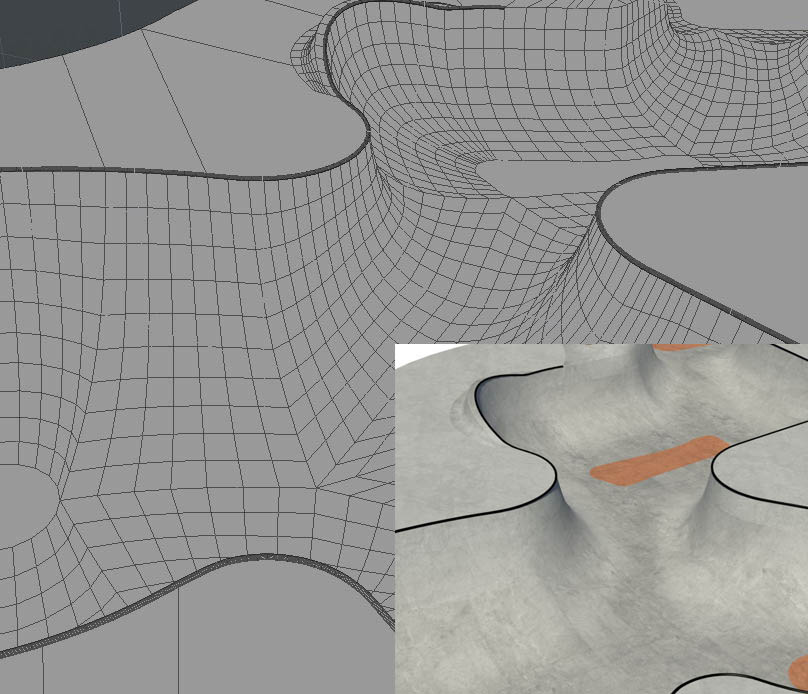I’m about as new to Blender as one can get. I’ve installed the most recent build, watched a few intro videos, and played with a few functions to get the feel of it. I come from more than a decade with Lightwave, and now modo. I freelance and work primarily with recreation engineers building realistic models of skateparks and BMX tracks. Now I think most know how organic skatepark bowls can be, and for this I’ve developed a fast and accurate technique of building spline cages and patching with polys. Looking at Blender, I’m at a loss as to how I would do that. I don’t see any option for spline patching. I’ve been considering moving to Blender, but this would probably be a deal breaker for me. Am I wrong in my assessment, or is there a Blender way to do the same? I work from cad plans, so it would have to be accurate.
Thanks.
you mean nurbs surface patching
not yet available
but there is a GSOC project being done and it might have that included
but not in official release yet
happy bl
Thanks for your reply. No, both LW and modo are straight polygonal modelers. I’ve only worked with NURBS once when I tried out Rhino, but typically don’t work with them.
then elaborate a little on spline patch!
there are many script allowing to work with curves !
happy bl
Okay, sorry, I guess coming from LW and modo, I assumed spline patching as a function or method was more universal. Well, in the case of a skatepark bowl, I use the outline of the bowl at the top, to create an open curve. Then I do the same for the bottom, positioning it at the required depth. Then I simply connect a point on the top curve, with similarly positioned point on the bottom curve to create a new open curve – I add a central point on that curve and move it down; in doing so it creates the bowl curvature. I repeat this all around the bowl wherever directions change. That completes the spline cage. Then I go around the cage, selecting 4 curves of each area I’ve create – side, top, other side, bottom. Then use the PATCH command, designate how many vertical and horizontal polys I want to create, click, and I have my patch. Repeat. This is, of course, simplified, as most bowls have multiple depths, rollers, banks, etc.
Okay, sorry, I guess coming from LW and modo, I assumed spline patching as a function or method was more universal. Well, in the case of a skatepark bowl, I use the outline of the bowl at the top, to create an open curve. Then I do the same for the bottom, positioning it at the required depth. Then I simply connect a point on the top curve, with similarly positioned point on the bottom curve to create a new open curve – I add a central point on that curve and move it down; in doing so it creates the bowl curvature. I repeat this all around the bowl wherever directions change. That completes the spline cage. Then I go around the cage, selecting 4 curves of each area I’ve create – side, top, other side, bottom. Then use the PATCH command, designate how many vertical and horizontal polys I want to create, click, and I have my patch. Repeat. This is, of course, simplified, as most bowls have multiple depths, rollers, banks, etc. [ATTACH=CONFIG]354018[/ATTACH]
can you show some other screenshots showing it also in shaded mode?
I think you can do something similar using the bridge edge loop tool although it may not exactly match your existing workflow. You can also look at the bSurfaces add-on to see if it has additional functionality.
to fill up faces you could use Bridge or grid fill !
but not certain the workflow is the same
also this is using mesh no curves !or spline curve
happy bl
Well, thanks for all the input. I guess I’ll stick to what I know, then. I just thought I was missing some function in Blender that would give me the same technique and work flow – build cages and patch them with polys. I’ve developed this over a number of years of building these, and now can do it accurately and efficiently. No sense changing that, I suppose. Blender did look interesting, though. Thanks again.

